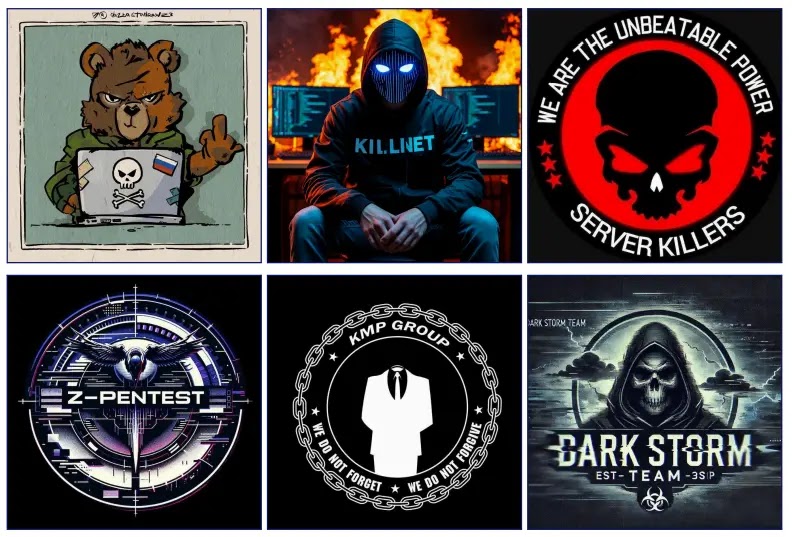The global hacktivist landscape has undergone a dramatic transformation since 2022, evolving from primarily ideologically motivated actors into a complex ecosystem where attention-seeking behavior and monetization strategies drive operational decisions.
This shift has fundamentally altered how these groups select targets and conduct campaigns, creating new challenges for cybersecurity professionals and organizations worldwide.
Recent analysis reveals that hacktivist groups have developed sophisticated methods for maximizing their visibility and impact, often targeting high-profile entities such as social media platforms, government agencies, and critical infrastructure.
The emergence of this attention-driven model has coincided with major geopolitical events, including Russia’s invasion of Ukraine and the ongoing Middle East conflict, which serve as catalysts for increased hacktivist activity.
These groups now operate within a highly interconnected digital community that mirrors the social dynamics found in legitimate online spaces, complete with branding strategies, alliance formations, and competitive rivalries.
The most significant development in this evolution is the practice of “perception hacking,” where groups deliberately overstate the impact of their attacks to generate media attention and enhance their reputation.
Graphika analysts identified this phenomenon while monitoring nearly 700 active and inactive hacktivist groups since 2022, observing how these actors manipulate public perception through strategic messaging and false claims about their capabilities.
Target Selection and Attack Methodologies
The targeting methodology employed by modern hacktivist groups reveals a calculated approach that prioritizes visibility over technical sophistication.
.webp)
Groups systematically select victims based on their potential to generate media coverage, focusing on entities such as LinkedIn, Pinterest, TikTok, and Spotify, alongside traditional targets like government websites and financial institutions.
This strategy reflects their understanding that successful attacks against recognizable brands provide greater publicity value than technically complex operations against obscure targets.
The technical arsenal employed by these groups has expanded significantly, incorporating distributed denial of service (DDoS) tools, command-and-control (C2) frameworks, and ransomware capabilities.
Notable examples include the Abyssal DDoS tool developed by the Moroccan group Mr Hamza, which they marketed as featuring “advanced technology and attack techniques,” and the DieNet group’s eponymous DDoS tool, claimed capable of launching attacks “so massive it is like a black hole swallowing everything.”
These tools often serve dual purposes as both operational weapons and marketing instruments for the groups’ commercial services.
The verification methods used by hacktivist groups to prove their attacks further illustrate their focus on perception management.
Groups routinely share screenshots of disrupted websites and links to connection status verification services like check-host.net as evidence of successful operations.
However, analysis shows that many of these claims involve minimal actual disruption, with groups often co-opting unrelated service outages or sharing publicly available information as proof of sophisticated breaches.
Boost detection, reduce alert fatigue, accelerate response; all with an interactive sandbox built for security teams -> Try ANY.RUN Now
